

These two photos were taken when I was completing the Gestalt Principals Photo Project for Visual Studies. I walked from Oltorf Street, down South Congress, finding Gestalt Principals in this area.
I believe that the first picture is one of my strongest and most visually appealing photos. This photo ended up not making the final cut for my project, and instead I included a few weak photos to make the overall presentation flow much better, as this photo was out of place, so to speak. I feel that my final project was just right. I completed it the way I saw fit, and it garnered praise. I am content.
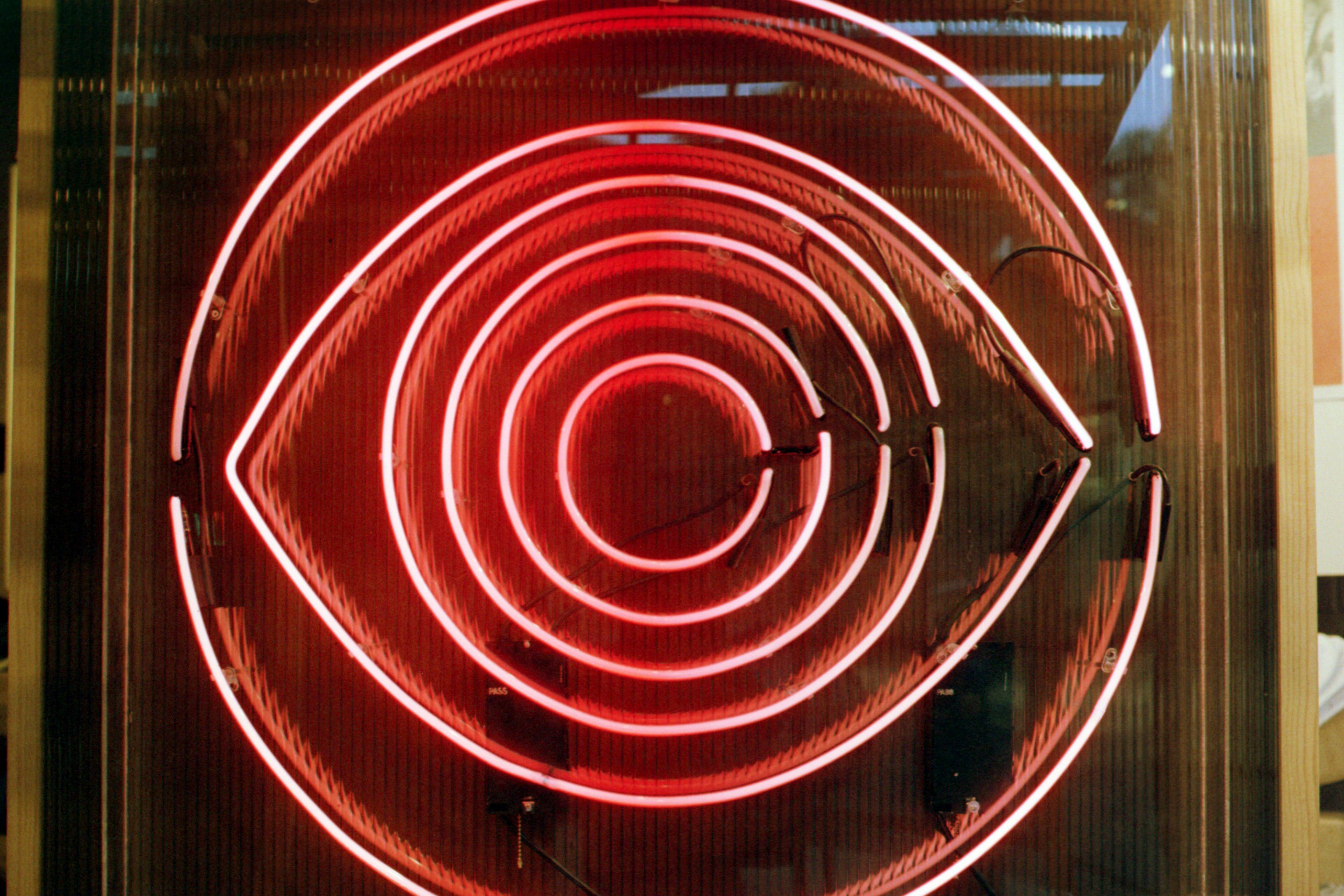


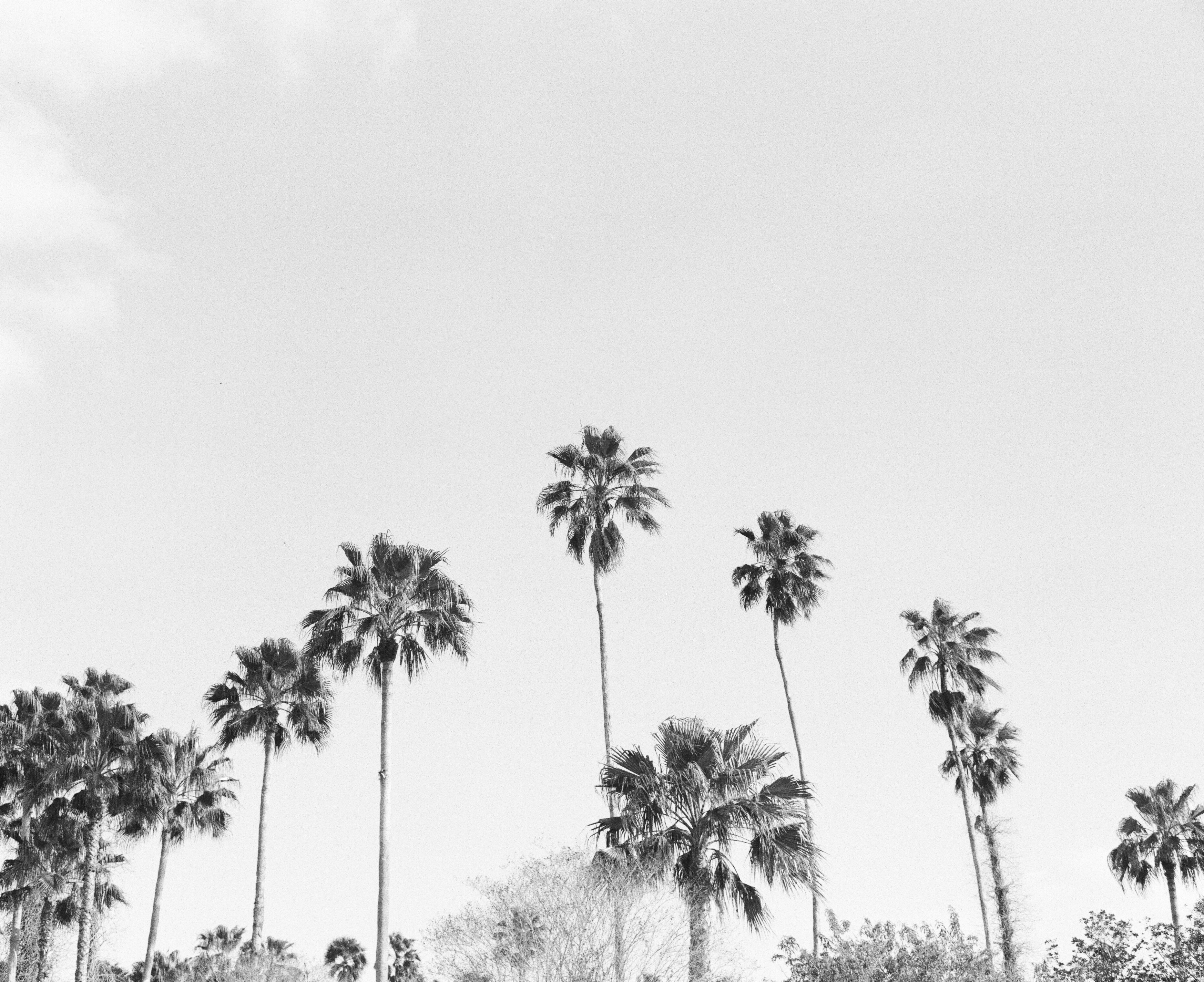
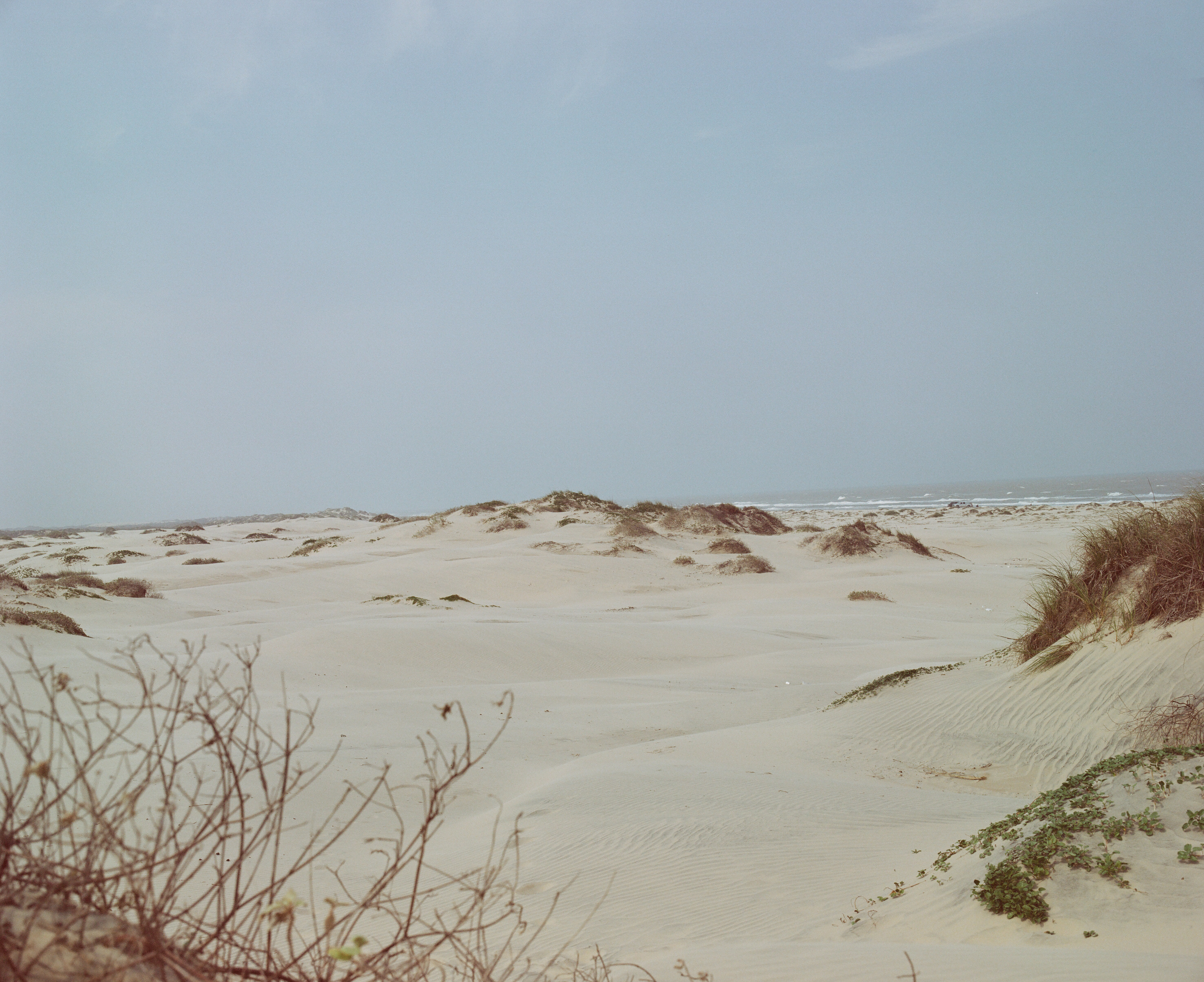


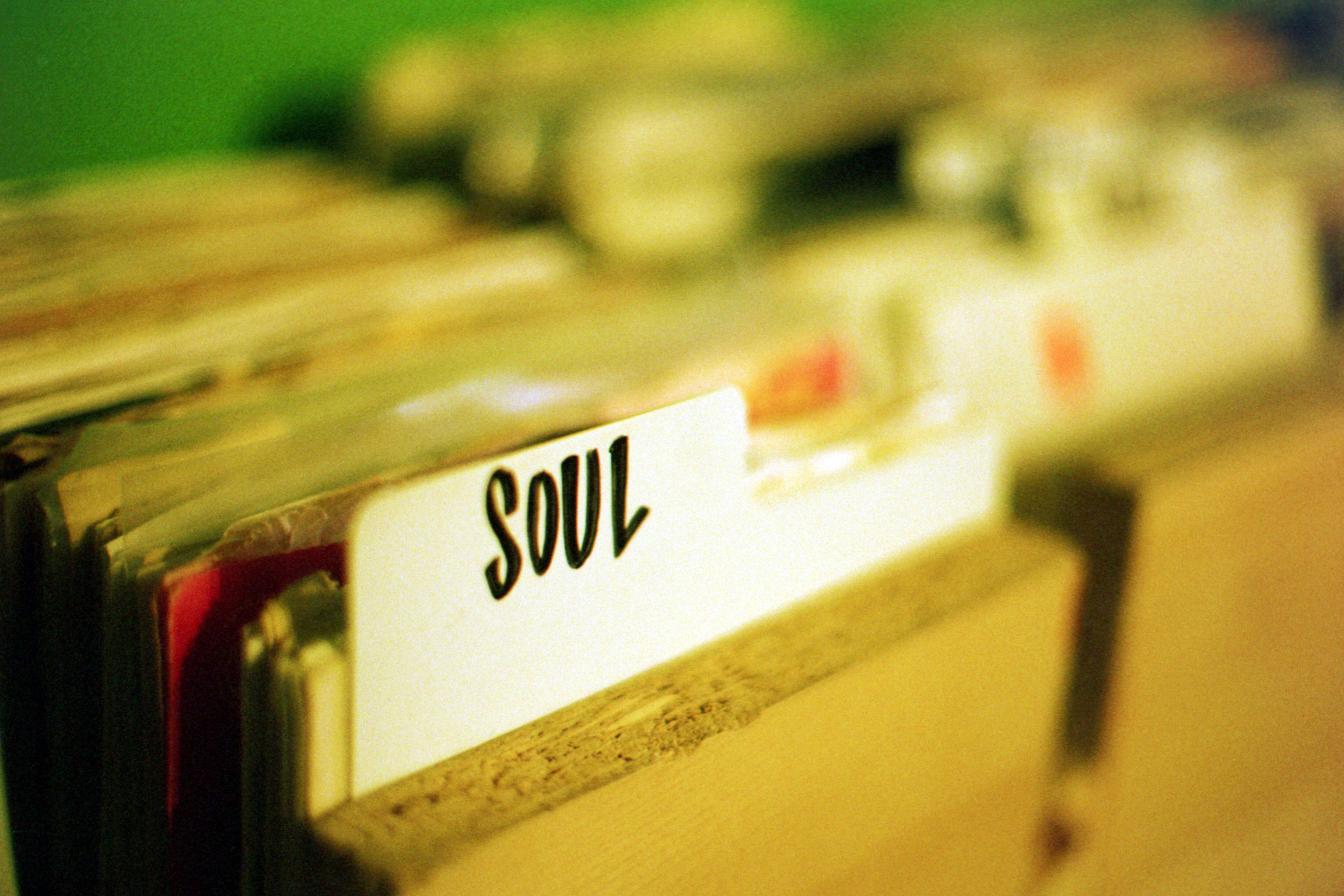
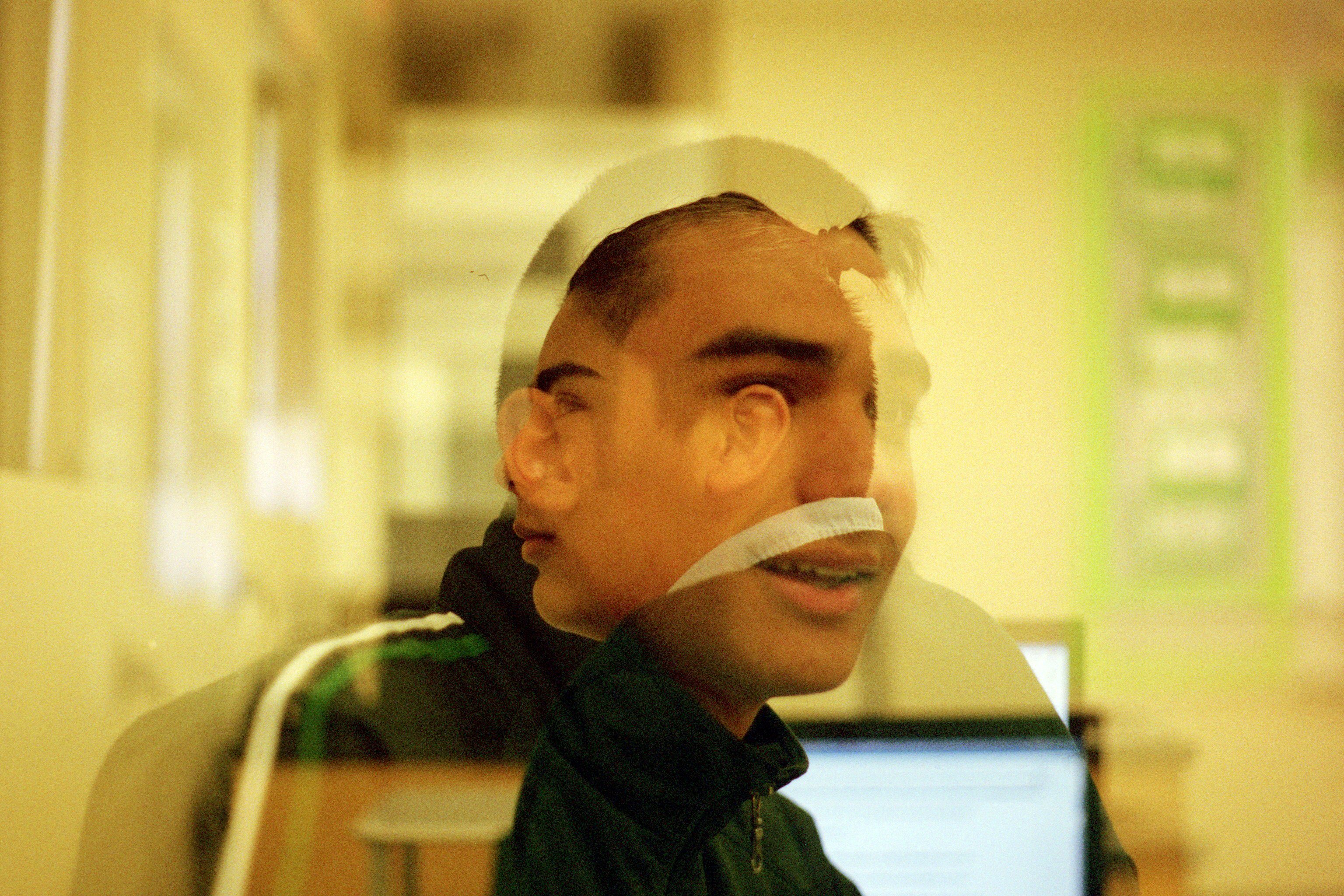
 As I was watching and listening to Amy Tan’s TED talk, I found myself nodding slightly at a few of the things she talked about. Creativity comes from many sources. Our past, and present can influence our creative minds. She talked about her childhood and how her mother expected so much from her. That led to her being the writer she is today. She also suffers from medical problems, which also fuel her creatively.
As I was watching and listening to Amy Tan’s TED talk, I found myself nodding slightly at a few of the things she talked about. Creativity comes from many sources. Our past, and present can influence our creative minds. She talked about her childhood and how her mother expected so much from her. That led to her being the writer she is today. She also suffers from medical problems, which also fuel her creatively.
